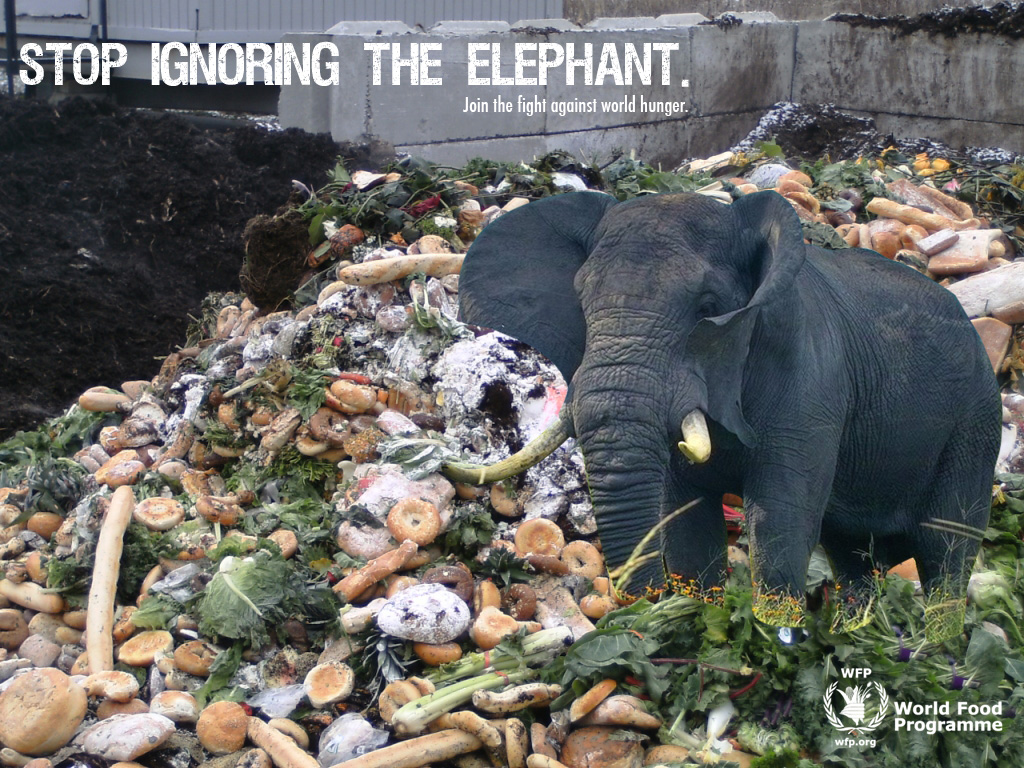Dear Incoming APELC Students,
The must be a reason you've voluntarily chosen to take AP English in your junior year of high school. Some students take it to challenge themselves. Some students take it for college credit, or because it's necessary to their major. I took it because I wanted to improve my writing and I genuinely enjoyed writing essays. If it's one thing APELC teaches you, it's that pretty much all the techniques you've used previously to write an essay are wrong. APELC teaches you that your writing should not fit into a formulaic five paragraph intro-body-conclusion essay. This class pushes you and expands your writing beyond boundaries you hadn't realized existed. Improving your writing isn't the only thing this class does for you. You also learn how to think differently. You learn to approach problems in different ways, look at things from different perspectives, and analyze farther than you had before. One of the most interesting and basic things you realize in the very beginning of the course is that analysis of text is not only analyzing written words, but it spoken words and visuals. This class highlights all the things you've been doing for years, and gives it a name and purpose. I had never thought I analyzed visual texts, but we've all been finding rhetoric in advertisements without even knowing it. You learn throughout this course without realizing you're learning so much. However, this class is definitely a shock: you will not get the grades you want, at least at first, but the grades will come with time and hard work. Each marking period your grade will increase, which is just a numeric representation of all the hard work you've put into the curriculum. Most students finish with a B average, including myself, which is the first B I've gotten in my high school career. Strangely, I'm okay with it, happy even, because I've proved throughout the year to myself that this course is possible and that I've grown as a student. I'm pretty sure on the first day of the course Mr. Yost told us all to "Relax, it's just school." At first (as well as the first three marking periods) I tried hard to ignore this advice, but once you realize the grades are not determinants of your character as a student and are not representations of how hard you work then the class becomes enjoyable. Once I learned that very tough lesson, APELC became one of my favorite classes because I wasn't stressing out about it. Looking back at the year, the lessons I've learned are what stick with me, not my grades on my assignments. My advice to you, incoming APELC students, is to have fun in AP English, because after all, it is just school.
Sincerely,
Shannon Trombley

